Key Cues
- Peter R. Powers
- Oct 29, 2017
- 3 min read
Singers, have you ever found yourself in a singing situation where you have a spontaneous moment and want to sing a song off the cuff, and once the band starts playing the intro and you jump in, you realize, this song is in a key that is not in your range? You find yourself straining in your high register, or drop to a lower octave and you end up reaching too low. Embarrassing.
A large majority of my work is in the area of church music ministry and worship music. Prior to my professional training, I grew up learning to play music from church musicians who eventually invited me to join them on stage. Worship music can be very spontaneous and off the cuff at times, which leads me to the topic at hand.
I was once a part of a music ministry that had a really ingenious way of providing structure, while still allowing for musical spontaneity. On Sundays at this church, we had three services and each service was unique. No repeats here. Three different worship leaders, with three different song lists, and even three different preachers with individual sermons. Each worship leader knew their own range and also knew which keys were “their” keys for all the songs we sang. Each service had a song list of about 15 - 20 songs that were in a pool that the worship leader chose from. There was no rhyme or reason to the order of the songs. Each song was sung in an order that felt appropriate to the worship leader. So, we had a system of hand gestures to communicate which key to go to when we were providing underbed music in between songs. It was a series of numbers with your hand either showing the number pointing upwards or pointing downwards. When combined, allowed for the use of all twelve keys. I’m going to show these to you today and hopefully it will help some of you in avoiding sonic disasters during spontaneous moments on stage.
Depending on your previous musical knowledge, there might be a learning curve here, but I believe it will be well worth it in the long run. In order to learn these signals, we have to first understand key signatures. A key signature is a symbol on written sheet music that represents what key the song is in. A song will either be in a “Sharp” key or a “Flat” key, with one exception; the key of C Major has no sharp or flat notes in it. The hand signal for C Major is making the shape of a “C” with your hand. This is the easiest one to remember.
C Major - No sharp or flat notes (Hand makes shape of "C"):
G Major - One sharp note (One finger pointing up):
D Major - Two sharp notes (Two fingers pointing up):
A Major - Three sharp notes (Three fingers pointing up):
E Major - Four sharp notes (Four fingers pointing up):
B Major - Five sharp notes (Five fingers pointing up):
F Major - One flat note (One finger pointing down):
Bb Major - Two flat notes (Two fingers pointing down):
Eb Major - Three flat notes (Three fingers pointing down):
Ab Major - Four flat notes (Four fingers pointing down):
Db Major - Five flat notes (Five fingers pointing down):
Gb Major - Six flat notes (Pinky finger pointing down):
If you want to go to a Minor key, there was an additional motion of circling your pinky finger after giving the initial key (Or you can give the relative major key signal and just begin singing in the relative minor - More of an advanced technique).
Then, once the band puts you in the key you want, you can begin singing the song you want without having to walk over to the MD, or try to "mouth a song title" to your musician, or make an attempt at the song in the wrong range. Please comment and let me know your thoughts!






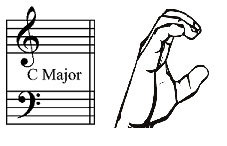

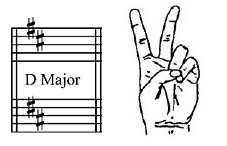

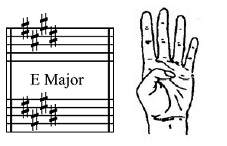
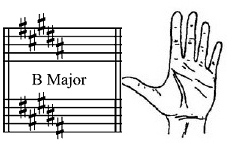
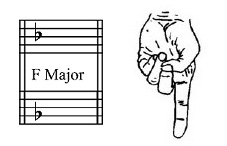

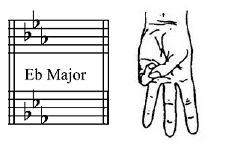
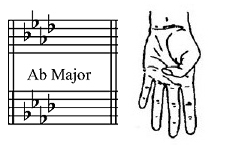
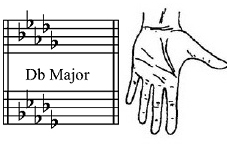

Comments